The
Phonograph and Its Future
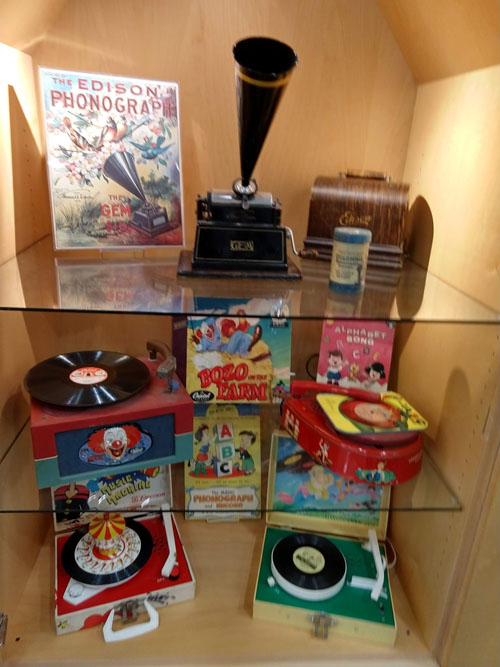
Phonograph Exhibit at
Westminster Public Library, Westminster, CO, September 2018
In April 1878 Edison wrote an article
titled "The Phonograph
and its Future" to identify "probabilities" for its future.
Edison included the following among his list of what he called the
more important probabilities:
Books recorded so that they may
be heard instead of read
Educational - as an elocutionary
teacher or as a primary teacher for children
Music - "As a musical teacher"
or with a voice like Adelina Patti's singing in all its purity
Family Record - by preserving
the voices of family the "phonograph will unquestionable outrank the
photograph"
Speech and other Utterances "of
our Washingtons, our Lincolns, our Gladstones, etc." and have them
speak to us "in every town and hamlet in the country on our holidays"
Toys - A doll which may speak,
sing, cry, or laugh, may be safely promised our children for the Chistmas
holidays ensuring. Every species of animal or mechanical toy -- such
as locomotives, etc. -- may be supplied with their natural and characteristic
sounds.
In this exhibit some examples of these
Edison probabilities that became realities are displayed: children's
phonographs from the last 115 years; talking books and records with
music; records for learning your ABC's; an Edison cylinder to learn
German; talking dolls; and Voyager's Golden Record with its voices
and music and sounds which is essentially a "message in a bottle"
and Greetings from Earth preserving utterances and sounds from
the families of Earth for all time in deep space.
Advertisements and pop culture characters
are also displayed since they helped sell the phonograph and establish
its place in the home.





The Voyager Golden Record and Cover
Almost one hundred years
after Edison invented his Phonograph a Golden Record was included
on the Voyager 1 and 2 spacecrafts. These records are 12-inch gold-plated
copper disks containing sounds and images selected to portray the
diversity of life and culture on Earth - essentially a "message
in a bottle" and Greetings from Earth.
Remarkably, these phonograph
records could end up outliving humanity itself.
Across the Universe
In 1929 Edison spoke on the radio to
the IEEE conference in San Francisco 3000 miles from where Edison
sat. In rejoicing at the wonderful advances that had been made in
the art of electrical communication Edison said the following:
"You and I are very widely
separated physically by a great distance in miles, but time and
space have been annihilated for us and our minds meet and speech
is instantaneous."
FACTOLA: On February 4, 2008,
for the first time ever, NASA beamed a song directly into deep space
using NASA's Deep Space Network. The song: Across the Universe
by The Beatles.
Aimed at Polaris, the North Star, located
431 light years away from Earth, the transmission of The Beatles'
Across the Universe commemorated the 40th anniversary of the day it
was recorded and the 50th anniversary of NASA's founding.
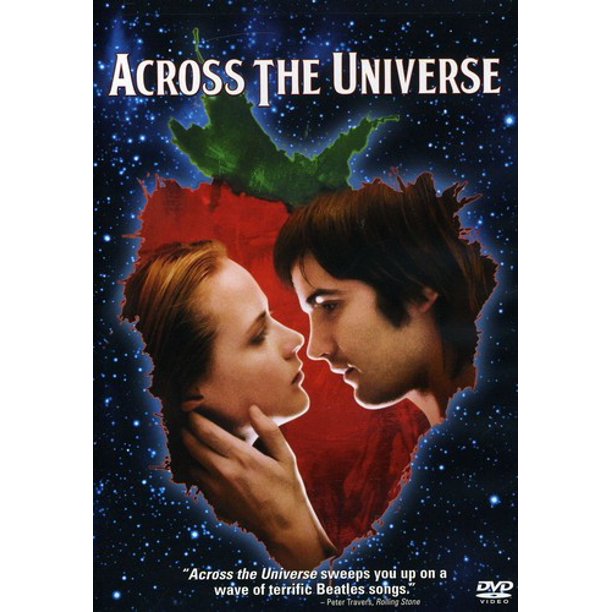
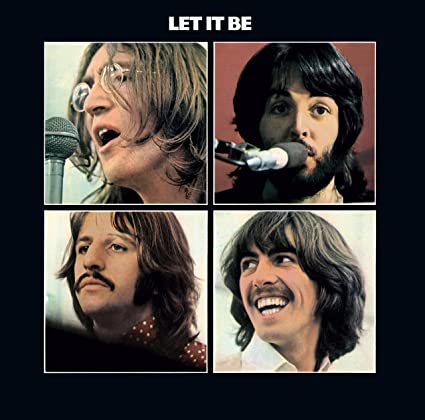
Track 3 "Across the
Universe"
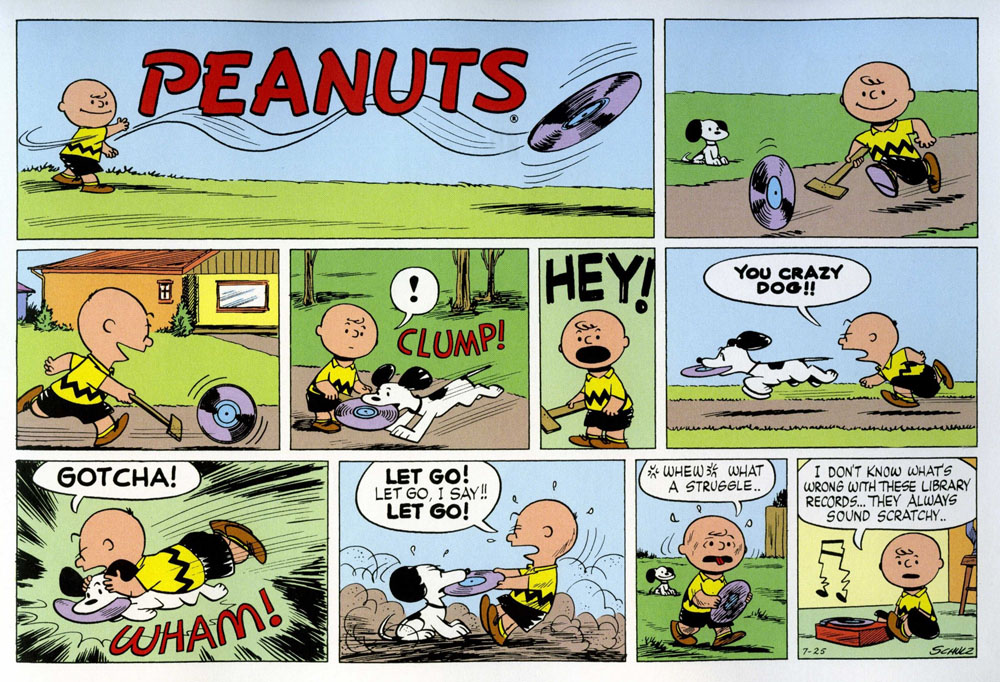
Since this exhibit was in a library
and since libraries for many years loaned records this cartoon seemed
perfect. (Courtesy of Charles
Schulz).
Other Popular Culture
Children's Phonographs
Winky Dink and You
"Winky Dink and
You was a CBS children's television show that aired from 1953 to 1957,
on Saturday mornings at 10:30 a.m. Eastern / 9:30 Central. It was
hosted by Jack Barry and featured the exploits of a cartoon character
named Winky Dink (voiced by Mae Questel) and his dog Woofer, with
sound effects provided by Joseph Scholnick."
"The central gimmick
of the show, praised by Microsoft mogul Bill Gates as "the first interactive
TV show" was the use of a "magic drawing screen"—a piece of vinyl
plastic that stuck to the television screen via static electricity.
A kit containing the screen and various Winky Dink crayons could be
purchased for 50 cents." Wikipedia
(Extracted 11-13-2021)
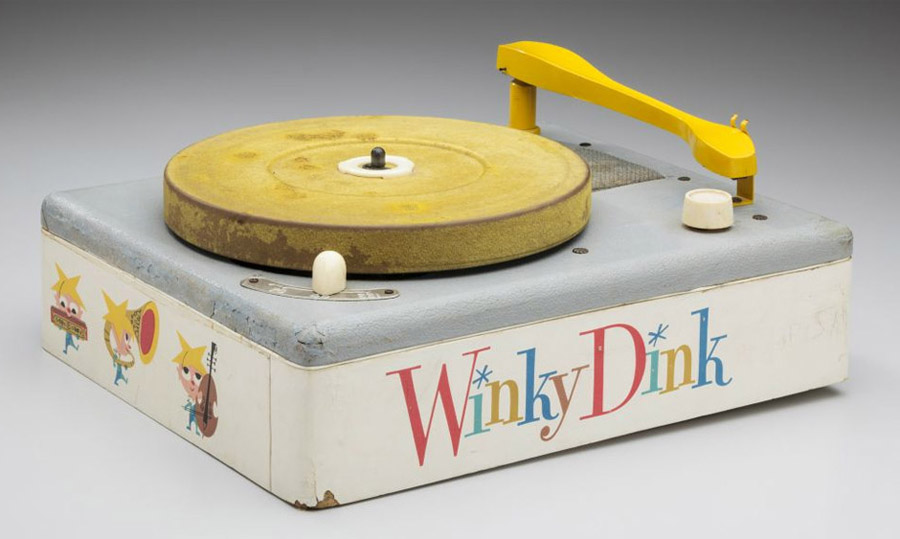
Winky Dink Phonograph,
Decca, 1956 (courtesy The
Jewish Museum)
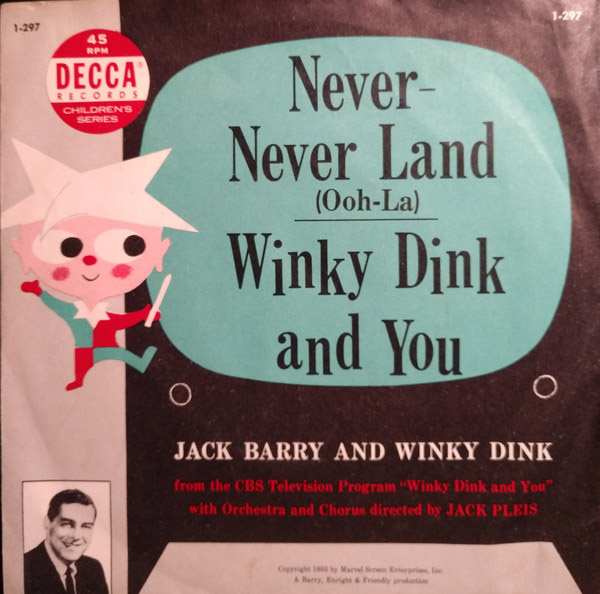
Never-Never Land,
Winky Dink Record, Decca 45 RPM 1-297, 1953 (courtesy Discogs)
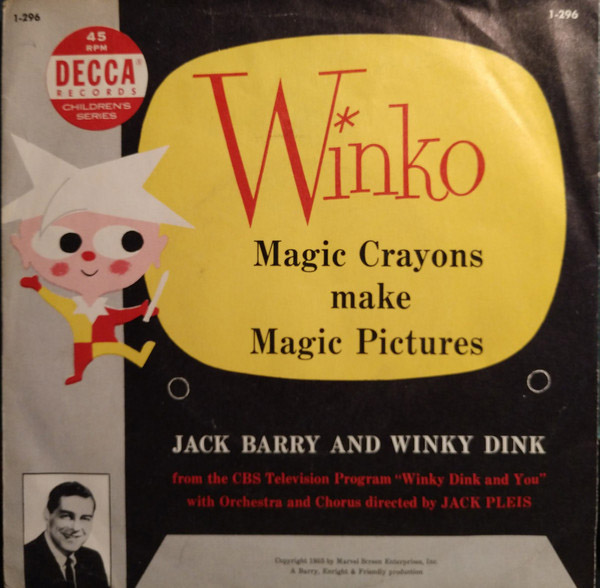
Winko Magic Crayons
make Magic Pictures Record, Decca 45 RPM 1-296, 1953 (courtesy Discogs)

Winky Dink Dell Comic,
©Marvel Screen Enterprises, Inc. #663 1955

New York Daily News,
October 17, 1953

All items
in the 2018 exhibit are from the Phonographia Collection
|
















